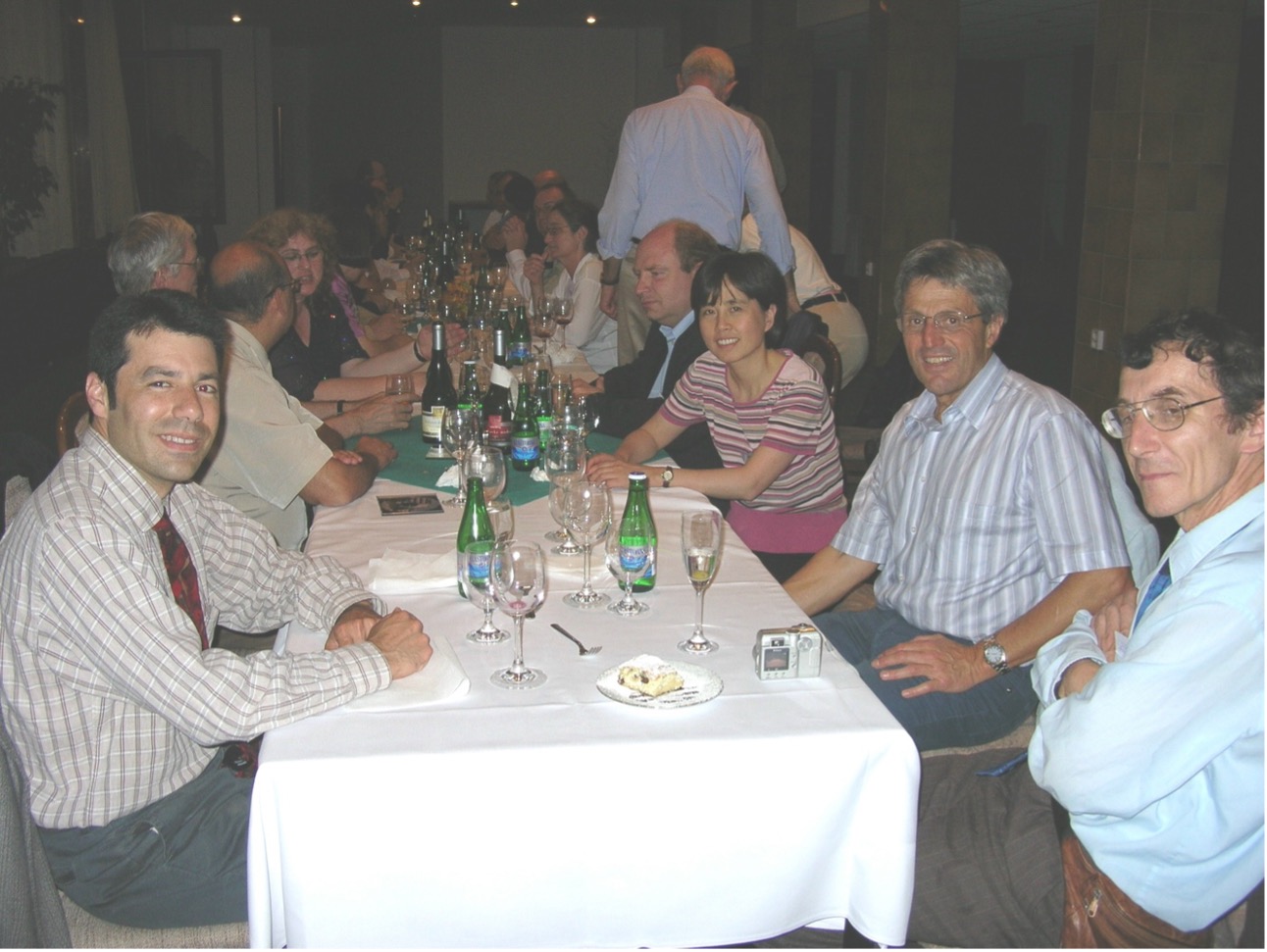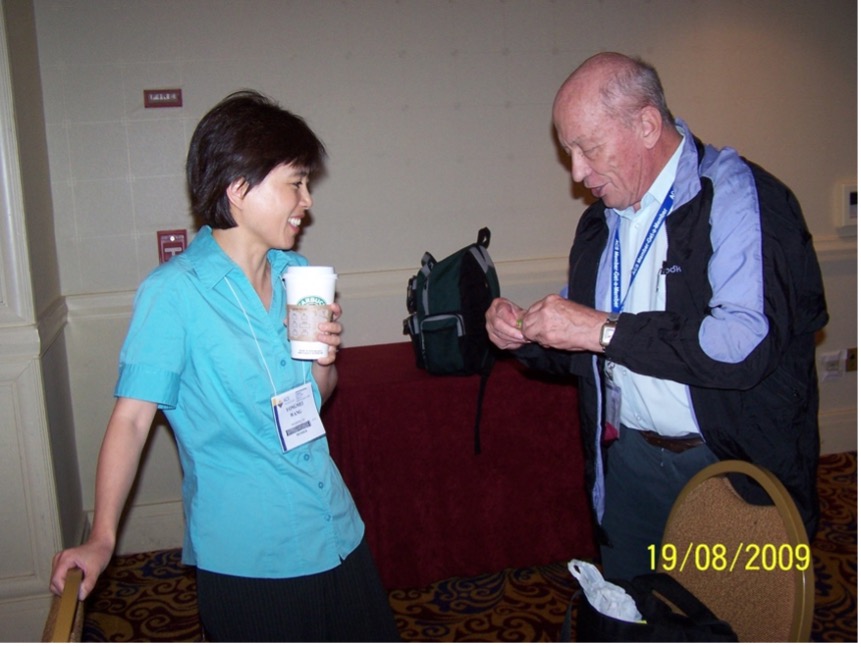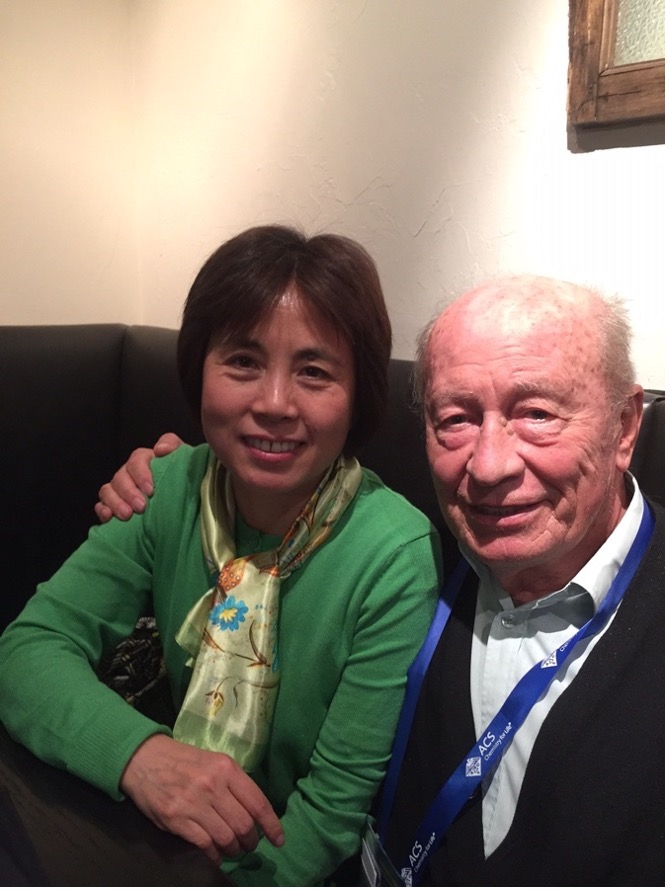Remembering Dusan Berek
The news of Dusan passed away reached me several months later. While I have not kept a close contact with Dusan, he holds a special memory in my heart among the people I got to know in the polymer characterization community. I would say Dusan was the person that got me connected with the people in the field.
Dusan visited me maybe in 2002 when I was an assistant professor at North Caorolina Agricultural and Technical State University. I was not an active researcher in the polymer characterization field at the time, and I did not really know him when my collaborator, Prof. Iwao Teraoak introduced him to me via email. Iwao told me that Dusan was from Slovak and he loves to travel. He came to my former University and I had him deliver a lecture to my undergraduate students in physical chemistry class. At the time, I may have published my first paper in Monte Carlo simulation of polymer partitioning at the critical adsorption point, a paper motivated by polymer liquid chromatography at the critical condition (LCCC). I knew very little about polymer characterization. I published that paper purely from my own interest when I heard there is such experimental condition where polymer can elute independent of molecular weight. My paper was written more from polymer physics principle than about polymer characterization.
Later in 2003, I moved to the University of Memphis, a Ph.D granting institution. I had to re-earn my tenure at the University of Memphis. The pressure of getting funding was on me and I found myself in a battle that was much harder than I had anticipated. At the time, I no longer qualify for any awards targeting at early-career investigator and UM did not quality for any special considerations. My proposal was evaluated together with all other investigators from all Ph.D granting institutions. My research career developed quite independently from my former advisor. After spending seven-years at a primarily undergraduate institution, I did not have a professional network that I could tap into. I tried to convince NSF and PRF to fund my computational studies in polymer separation but was met with rejections after rejections. In 2006, three years since I moved to Memphis, I had zero success in getting funding. I thought to myself, maybe God has a different plan for me. I was ready to submit to God whatever the plan he has for my life. In 2006 spring, I got a small internal award from University of Memphis on separation. At the time, Dusan organized a polymer separation symposium in his institute in Slovak and he invited me to come. I applied for a travel fund from our university and for the first time I visited Europe in spring of 2006.
I flew through Amsterdam and landed in Vienna. Peter Cifra, whom I had known through Iwao, came to Vienna to pick me up from the airport. Peter was very kind and he drove me from Vienna to his home in Bratislava and we had a very nice home-made meal together with his wife. I learned that Peter's family was catholic. I told Peter that I am Christian, and I became a Christian after I got to US, after many years of searching. Peter told me that during communist reign, they were not allowed to gather as believers, but somehow people were hungry for God. His own faith was stronger during communist reign. I remember when Peter drove me from Vienna to his home in Bratislava, the scenery at the beginning of the drive appeared so European to me, the buildings, the fields, just like scenes I imagined in the western novels I read when I was young. After we went through the custom, and entered the Slovak, I immediately felt "wait, this looked familiar to me". This looked like my hometown, the building, the fields, the road, something looked similar. The house looked square, simple, grey-colored, very different from the scenery near Vienna. Later when I went for touring in Bratislava, the tour guide told us that the Russians came and destroyed the old beautiful western styled buildings. Somehow because of the communist reign, there were some similarities between Slovak and China in 2006.
The meeting went well, I got to meet several people in the field. Importantly, I met Tibor Macko, a former student of Dusan. Tibor and I later applied for a funding that co-sponsored by NSF and Deutsch Science Foundation and our project got funded. That helped me to get tenured at Memphis. Tibor later came and visited Memphis as well. Thinking back, Dusan's meeting played an important role in my career.

Since then, I remained active in polymer separation field. I attended several other specialized symposiums in the field such as SCM, ISPAC. Also with other investigators, I organized symposiums on polymer separation under ACS meeting. I found I have a picture with Dusan in 2009 ACS meeting and later in 2015 in ACS meeting.


Reading the memoir of Dusan, I realized he was one year older than my father. The fact that he can remain so active at his age (age 84 when he died) is quite amazing. His sudden passing while still at a professional meeting must felt shocking, but it is also a blessing. We will all die. That is inevitable. Either one believe there is nothing after death, or there will be something after death. I pray Dusan passed away peacefully, and his spirit was received by God into heaven.